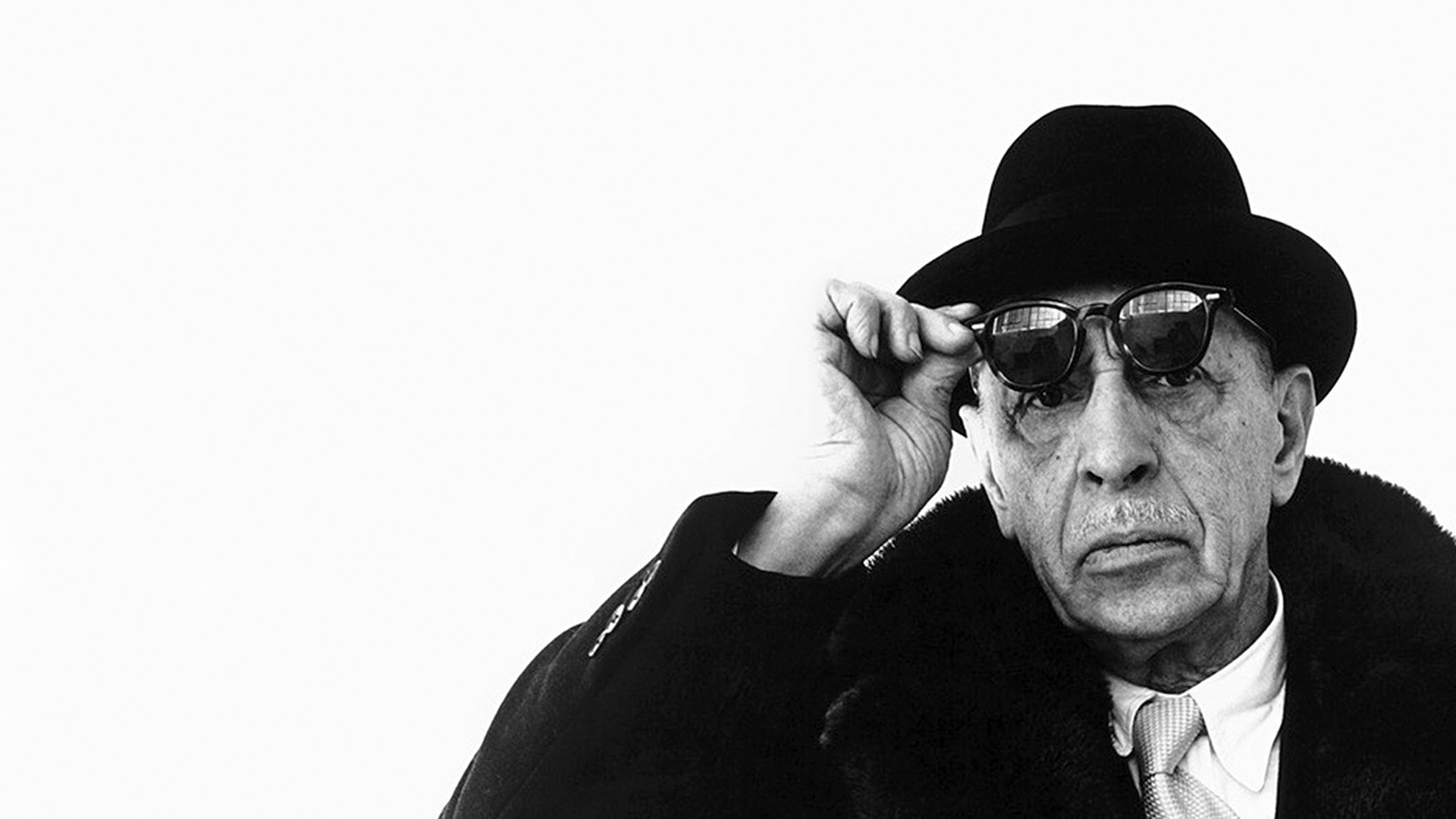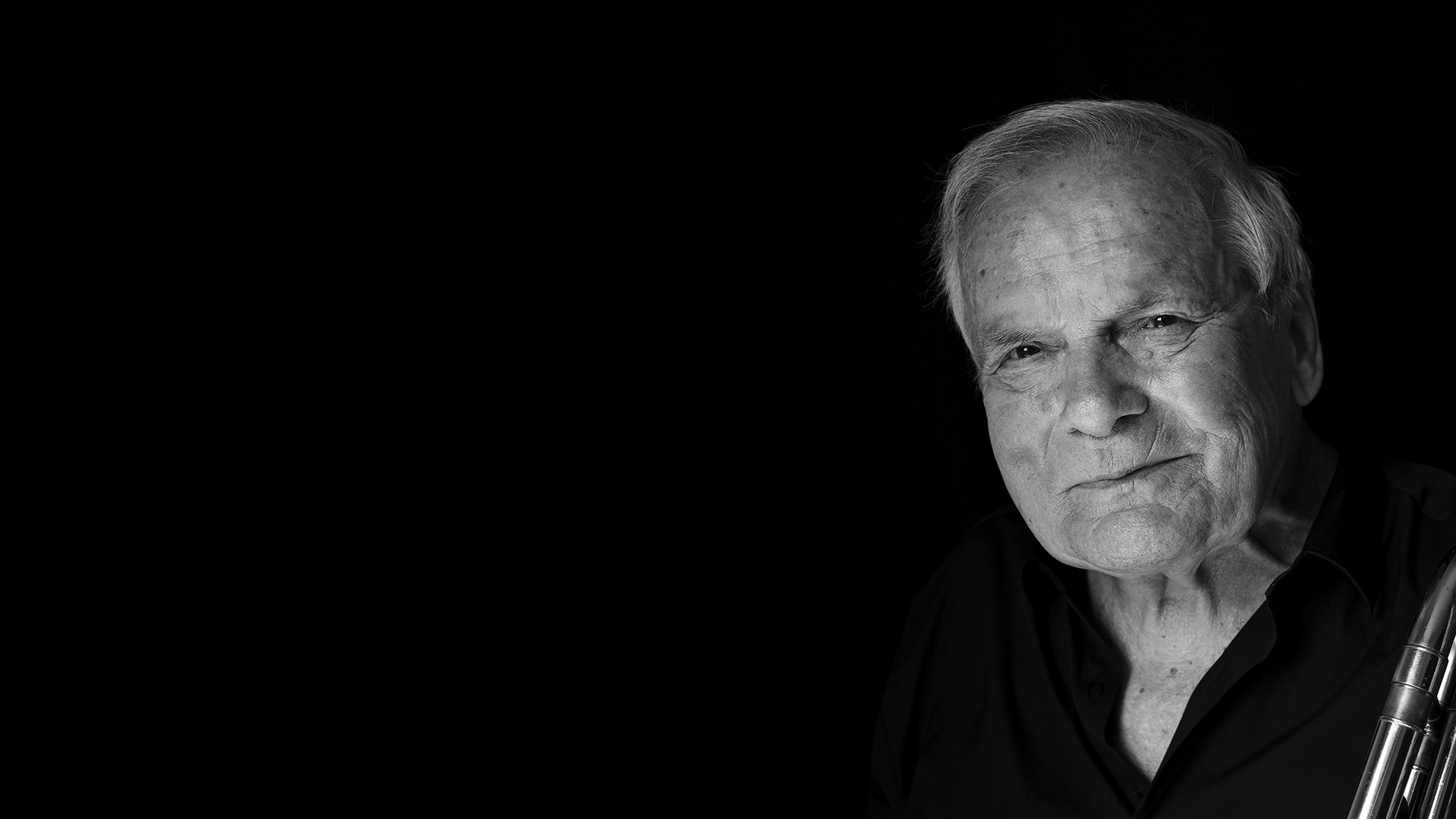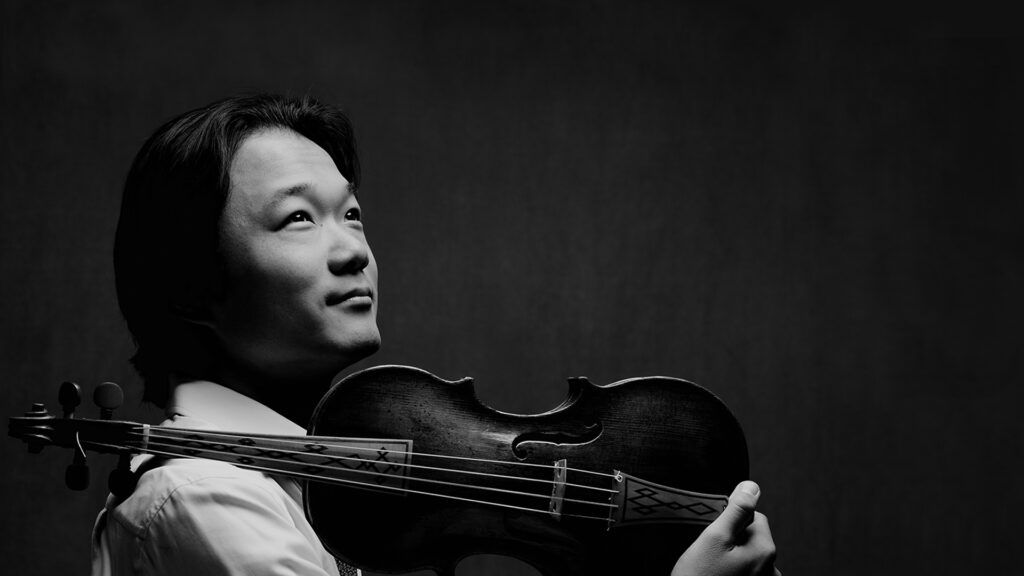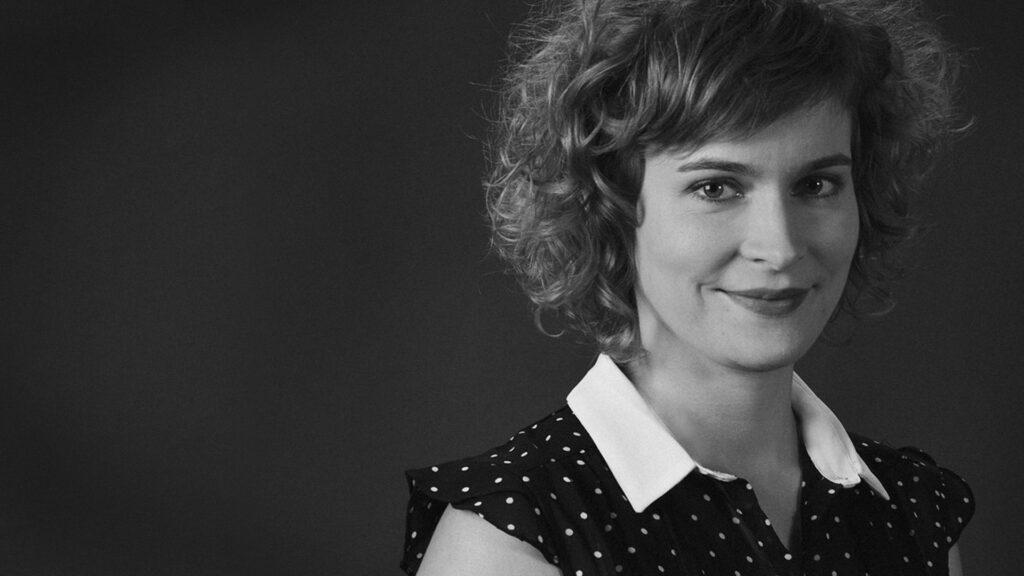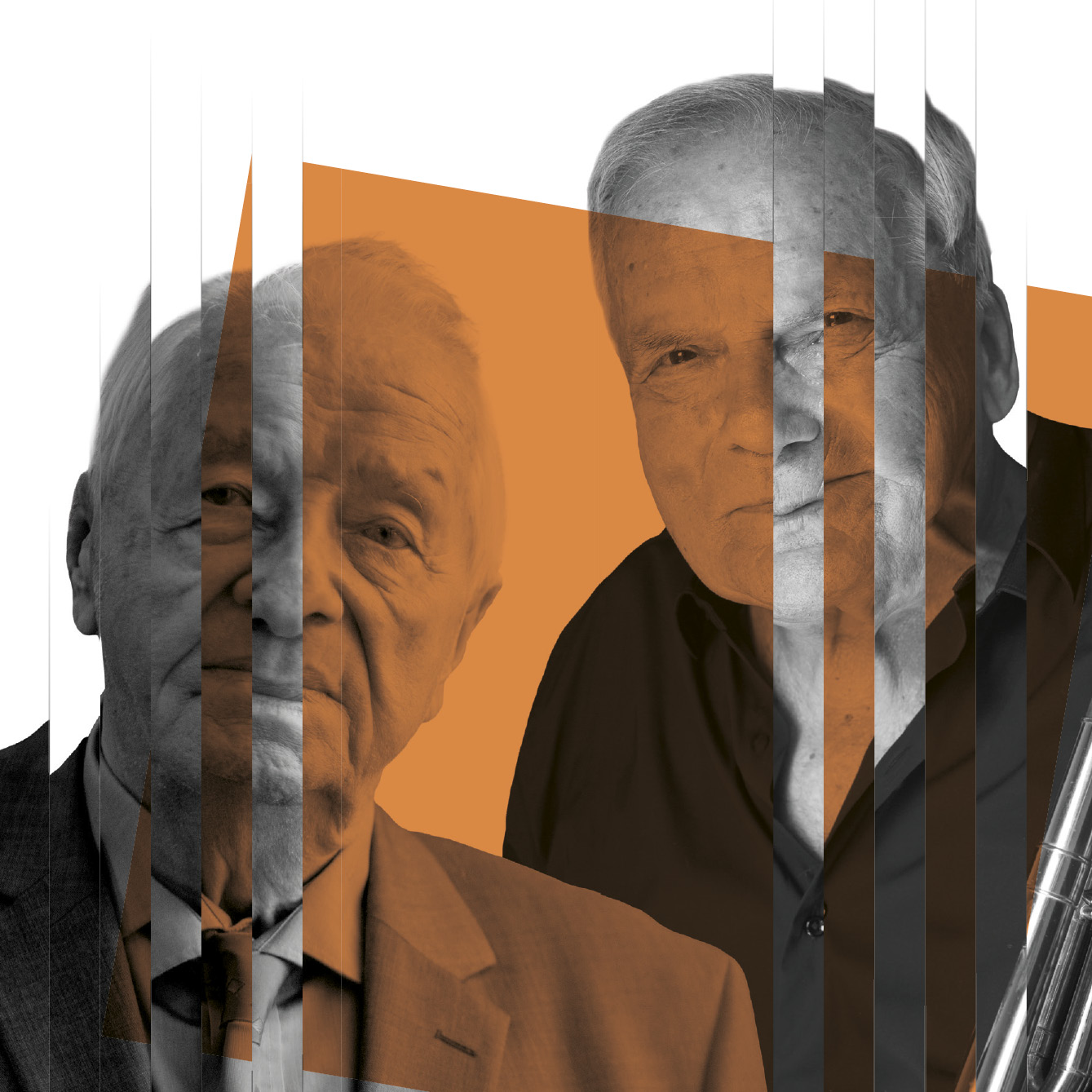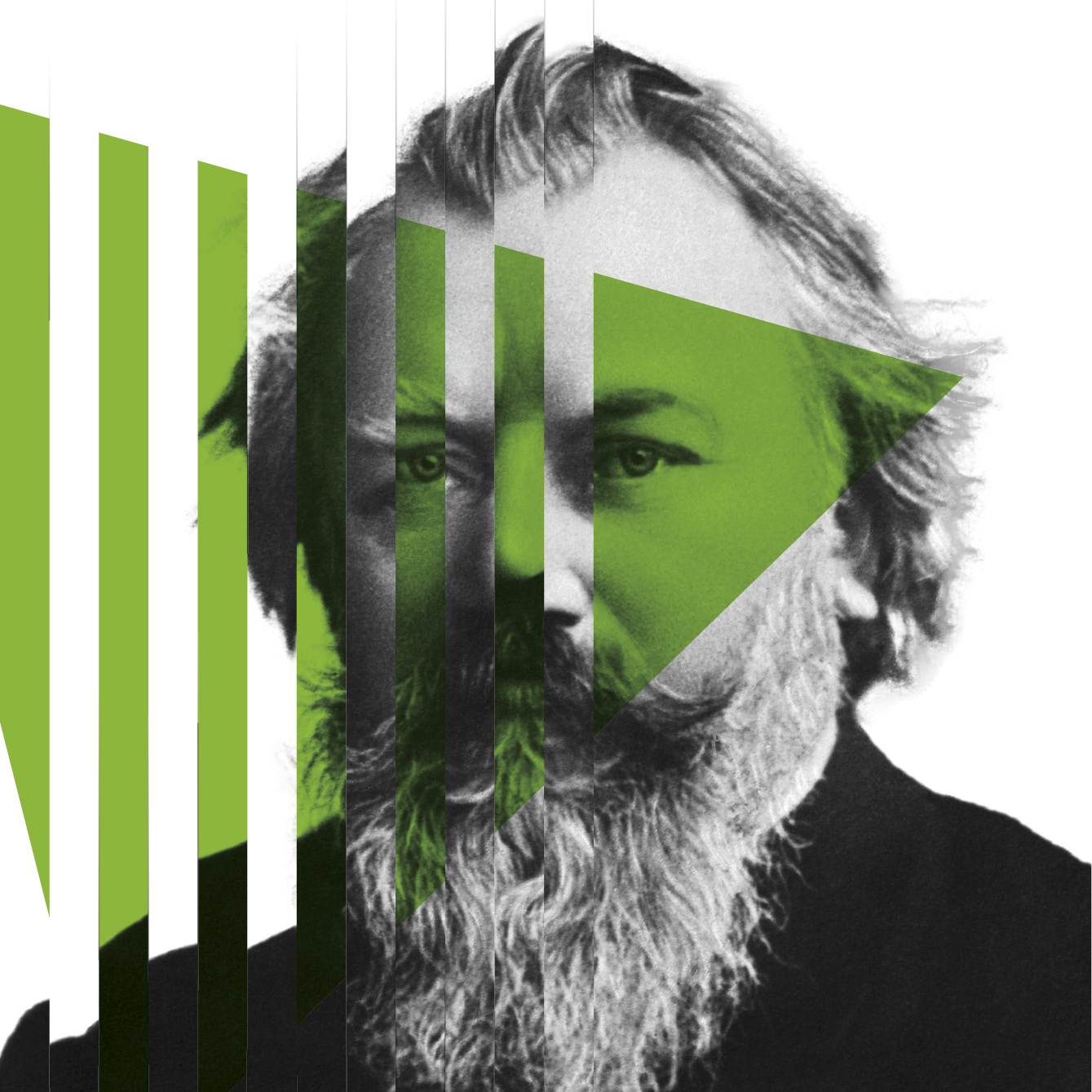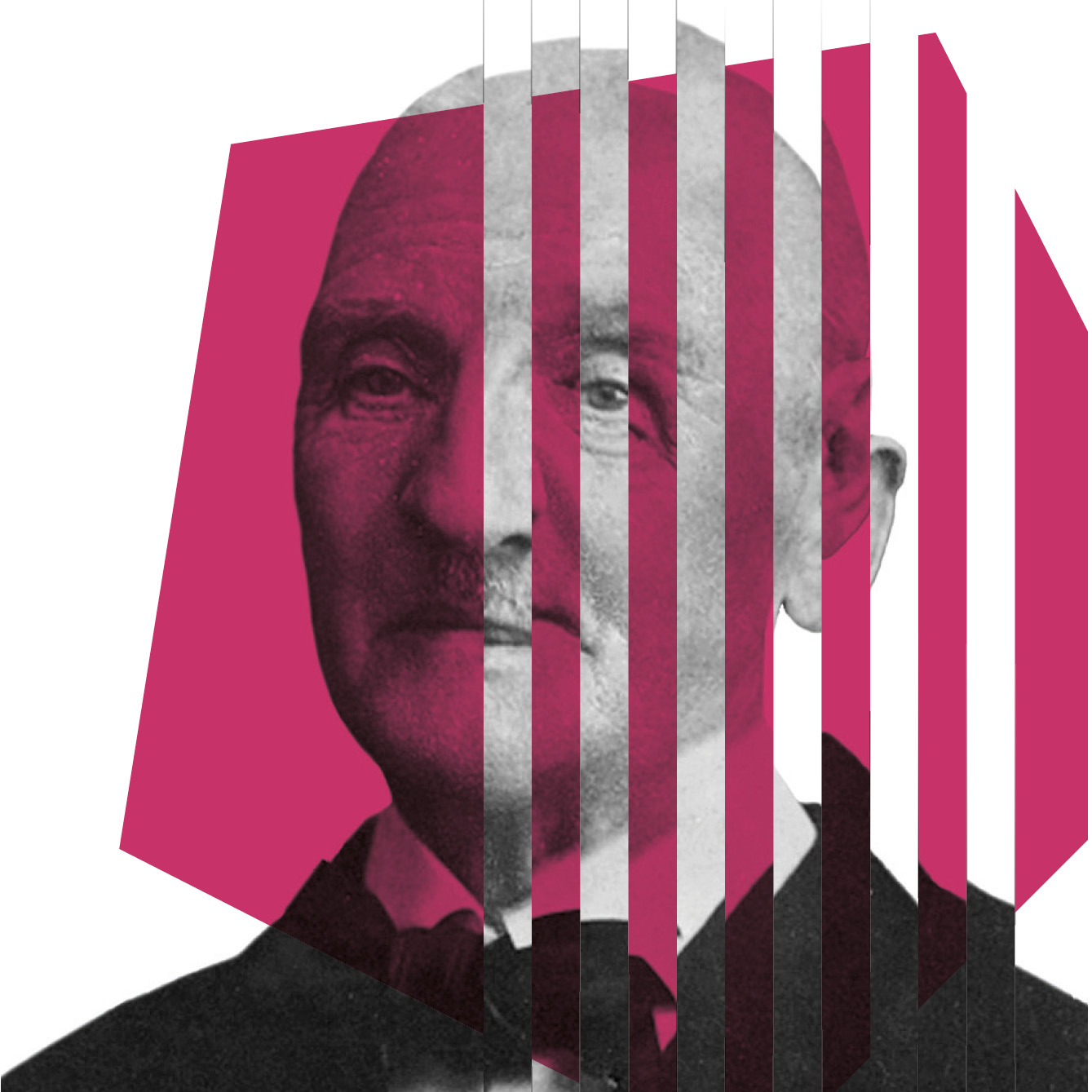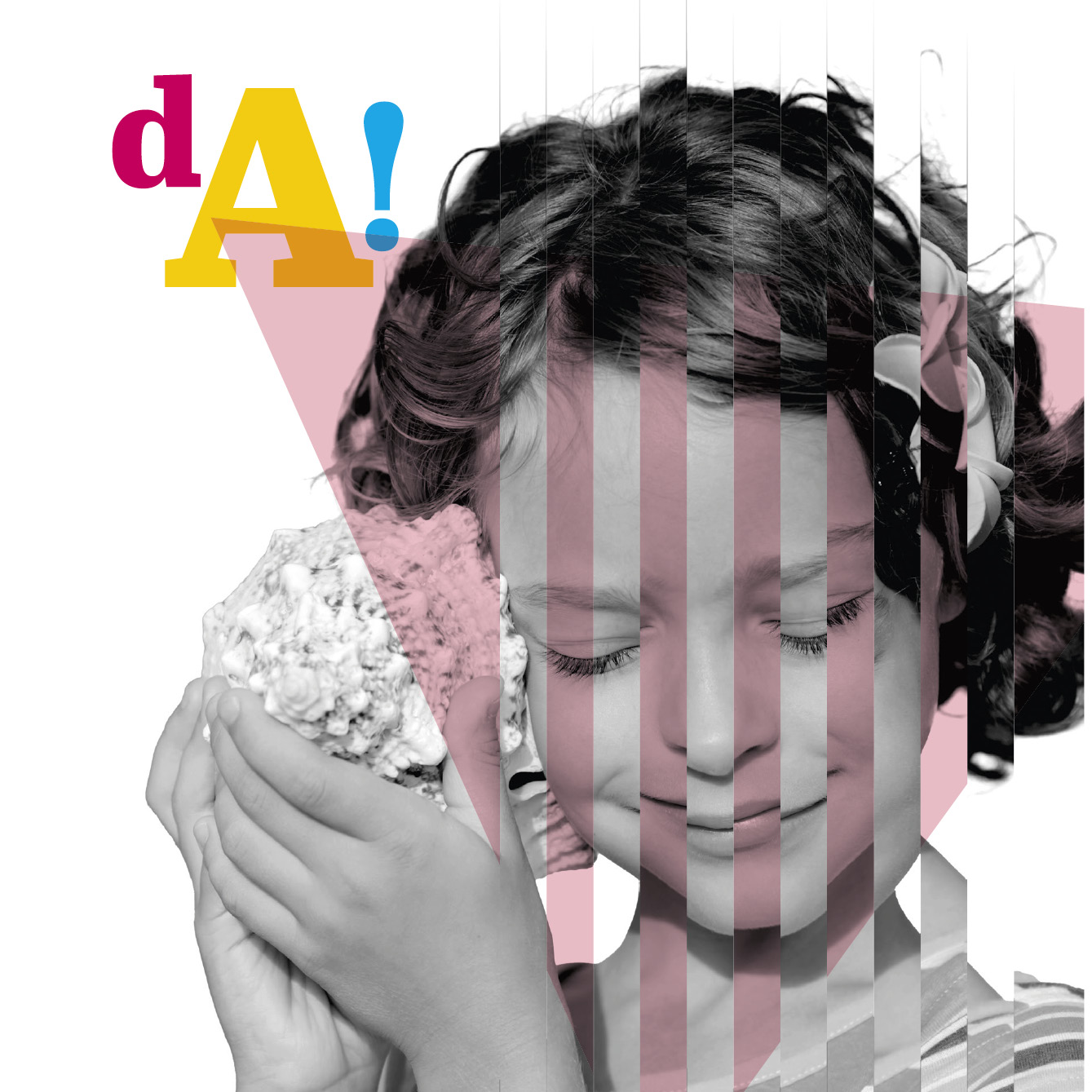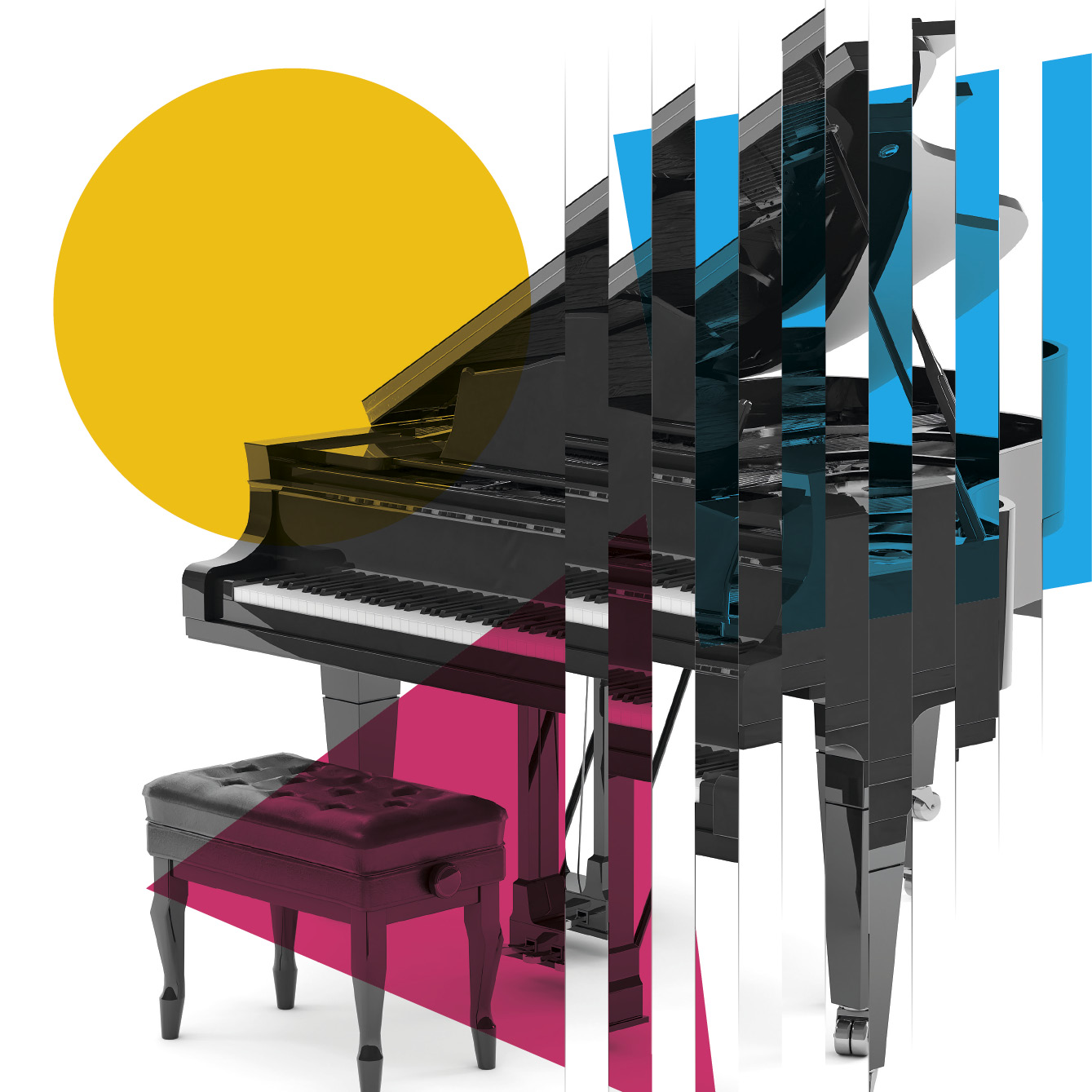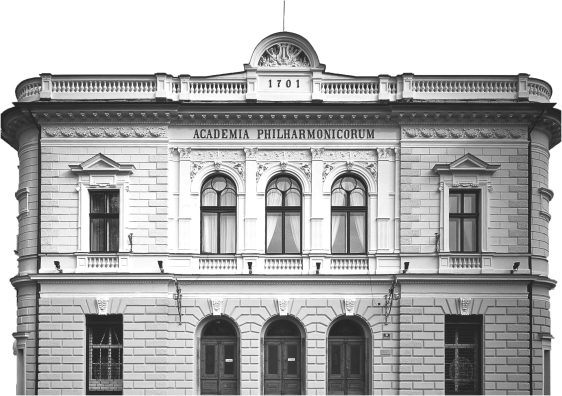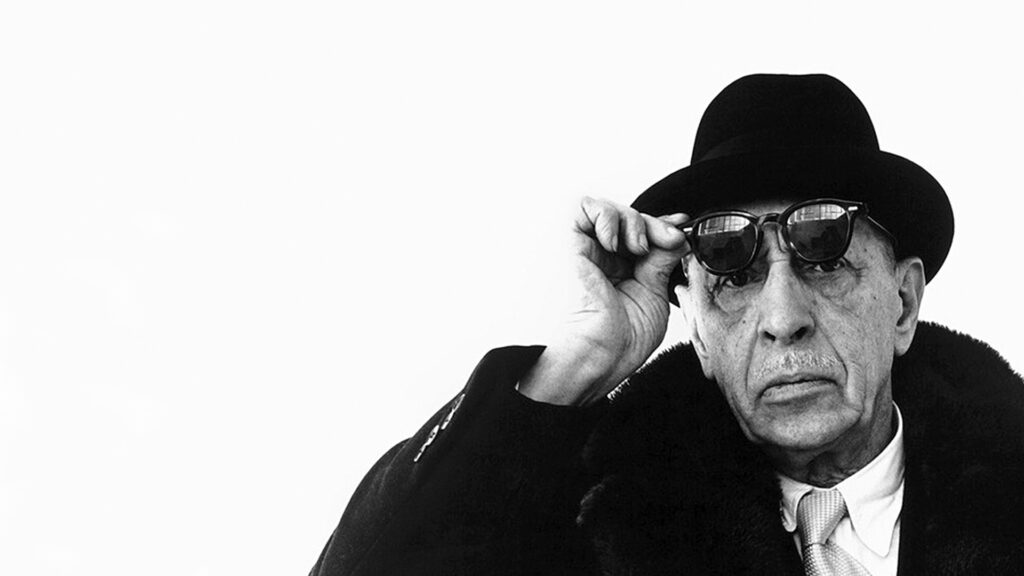
Season
2024/25
TV
Listen remotely
Music, Aways New
But still our Existence enchants us; from a hundred sources
Being wells up. A play of pure energies, which
No one encounters who does not kneel and marvel.
Words even now go forth with tenderness into the inexpressible …
And music, ever renewed, from the most tremulous of stones,
Constructs in waste spaces her deified dwelling.
Rainer Maria Rilke: Sonnet No. 10 from Book II of the cycle The Sonnets to Orpheus, translated by Robert Temple
Four years have passed since I took over the role of host at the concerts of the Slovenian Philharmonic. Attending the concerts is one of my essential tasks. At them, I keep a close eye on the performances of both artistic ensembles, but at the same time I have an opportunity to meet and observe the audience. I monitor how you, our valued guests, feel at our concerts, what appeals to you and also what bothers you. Keenly aware that our audience is very diverse and has a broad range of tastes and expectations, I try to ensure that everyone, both listeners and performers, is enriched with a new experience, new reflection and, last but not least, new pleasure with each concert event.
I am happy to note that the number of concertgoers attending the concerts of the Slovenian Philharmonic has been increasing rapidly in the last two years. Moreover, an increasing number of you want to follow several different subscription series. We have therefore prepared a range of offers enabling you to purchase two or even three subscription series at a very favourable price. Thus, for the first time, the Slovenian Philharmonic is offering the option of purchasing a Big Subscription at a particularly affordable price. This subscription will allow you to attend all of the concerts of the SMS, PC and NOW subscriptions.
We have prepared a very special surprise for subscribers who purchase a Big Subscription before 1 June 2024. All those who have already become “big subscribers” by that date will be offered a trip to Vienna to attend a concert by the Slovenian Philharmonic Orchestra and pianist Alexander Gadjiev, which will take place on Wednesday 19 June 2024 in the famous Golden Hall of Vienna’s Musikverein.
But the upcoming concert season will not only be about shopping and travelling, it will also be about celebration. At the first concert of the New Orchestral Works subscription series, we will pay tribute to two honorary members of the Slovenian Philharmonic, Lojze Lebič and Vinko Globokar, both of whom celebrate their 90th birthday this year. To mark this occasion, the Slovenian Philharmonic Orchestra and Choir will perform key works by these great masters, as well as new works dedicated to the celebrants penned by representatives of the younger generation of Slovenian composers, Nana Forte and Matej Bonin. In this way, we want to demonstrate our respect and admiration for the two distinguished elder composers on the occasion of their venerable jubilee, and to show our gratitude for all the new paths and perspectives they have revealed to us through their many years of artistic creation. It will be a celebration of Slovenian music that should not be missed!
There is one more honorary member of the Slovenian Philharmonic who should not be overlooked in the coming season. To be precise, he is an honorary member of the Slovenian Philharmonic’s predecessor, the Philharmonic Society, which was established in 1794. I am referring to Johannes Brahms, whose magnificent orchestral music will mark the entire Philharmonic Classics subscription series in the 2024/25 season. All four of Brahms’ symphonies and both of his piano concertos will be performed in the series, enabling us a truly detailed and in-depth insight into the wonderful music of this great German Romantic.
The new season brings even more gratifying innovations with regard to our conductors. In recent times, many new conductors have appeared with the Slovenian Philharmonic Orchestra and Choir. Cooperation with some of them has deepened to such an extent that they have been chosen as our regular guest conductors. In fact, two of them will even become our principal conductors in the 2024/25 season. For this position, the choir has chosen the excellent English choral conductor Stephen Layton, while the orchestra has selected the extraordinary young Kakhi Solomnishvili from Georgia. With several diverse concerts, both of these artists will make a strong impression on the upcoming concert season and will ensure the further artistic growth of both ensembles with their regular work. I would like to extend a warm welcome to both of them and to assure them that they will be standing in front of an excellent choir, an excellent orchestra and an increasingly numerous and appreciative audience.
In the coming season, we have a lot of beautiful, new and good things awaiting us. I hope that as many of you as possible will have an opportunity to enjoy everything that good music has to offer. At the same time, please do not keep the good news a secret from your loved ones, friends and acquaintances. Bring them to the Slovenian Philharmonic and Cankarjev dom so that they too will experience the pleasures of music.
Matej Šarc
General Director of the Slovenian Philharmonic and Artistic Director of the Slovenian Philharmonic Orchestra
